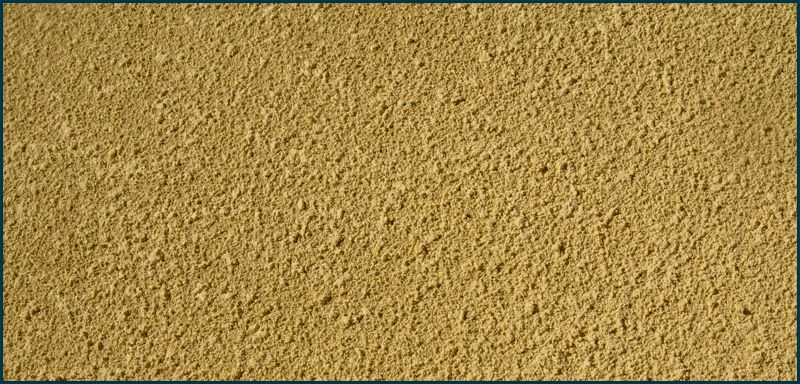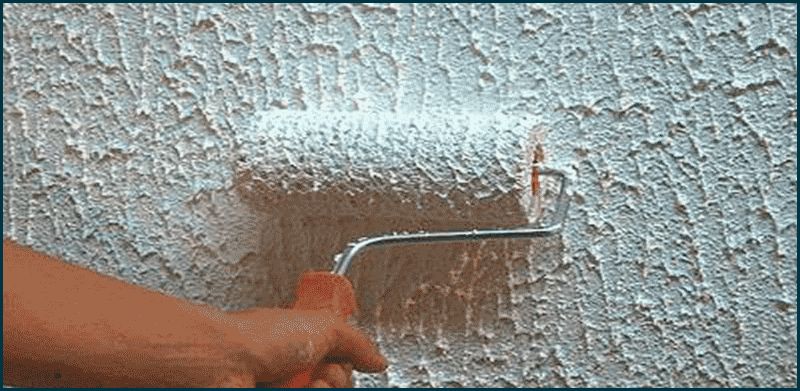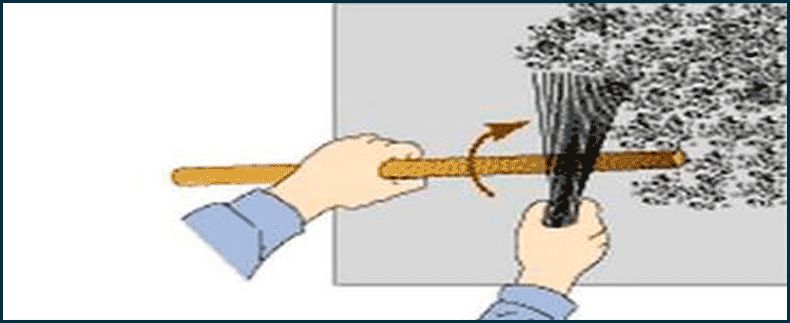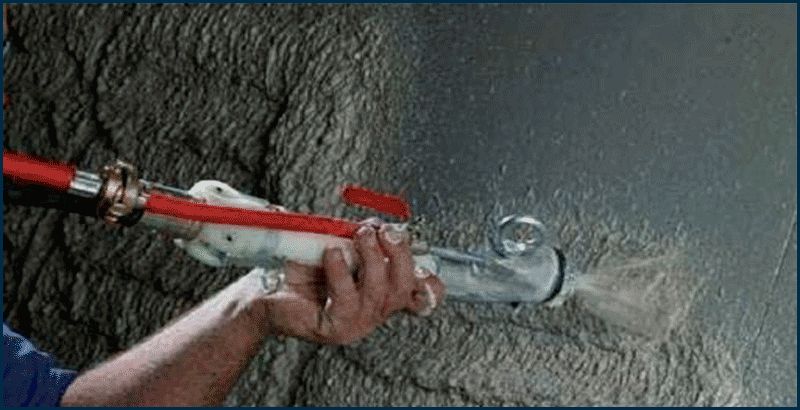Hello dear friends! In the last article, we examined the facade plaster called "bark beetle". Today I want to continue this topic and propose to consider such a type of finish as textured plaster of a fur coat, it is also called - facade plaster of lambs, be careful and read the article to the end, it will be interesting.
Insulation works often cost homeowners "a pretty penny", so the desire of homeowners to save money is quite understandable, and without losing quality. And if it is categorically impossible to save on insulation, then it is possible and necessary to use decorative finishing.
Do-it-yourself decorative plaster fur coat is one of the most economical options for the final finishing of the facade. What is plaster with the effect of a fur coat, how to make a "fur coat" and what advantages and disadvantages it has, we will tell you in this article.
Decorative lamb plaster is a variant of interior or exterior wall decoration with a characteristic rough surface.

Such a surface is obtained if, when applying the plaster composition, special technologies are used, which we will discuss below.
Advantages:
- low cost, the plaster mixture is based on an ordinary cement-sand mortar with the addition of special plasticizers and additives (if necessary);
- the ability to choose any color by tinting the plaster solution or by covering the wall after applying the "fur coat" with facade paint of the desired shade;
- additional sound and heat insulation properties, since the application of the composition is carried out with a sufficiently thick layer;
- you can do it yourself, the solution is easy to apply, no expensive tools are required;
- attractive appearance of the facade at minimal cost.
The disadvantages of this method of decorative finishing include the fact that the facade gets dirty quickly and needs to be updated (tinted) every 2-3 years. This is due to the fact that the applied plaster solution is antistatic, i.e. attracts dust.
Plaster and surface preparation
The simplest and most inexpensive option for finishing is a decorative plaster coat - a solution of sand and cement. You can easily cook it yourself, observing the proportion of 1 to 3.
It is better to take cement grades not lower than M400. If the work on the facade arrangement falls on the cold season, we recommend adding a frost-resistant additive to the solution, it will extend the time of using the composition.
You can buy a ready-made solution for the "fur coat" in the store. You need to ask the seller if there is a cement-sand mortar on high-quality cement for sale. Here, at your request, you can tint the mixture.
The plaster layer is applied to a previously prepared surface, it must be cleaned and primed. To ensure good adhesion, it is necessary to remove parts of the insulation, dust and other contaminants before priming.
Methods for applying decorative plaster
Applying decorative plaster coat is not a complicated process. The device of this type of decorative coating can be carried out in one of 4 ways. Let's tell you more about them:
Spatula + trowel... The simplest technology that does not require special skills and experience.

The mixture is applied to the wall with a spatula, and the texture is created with a trowel. The trowel is applied to the wall, and then abruptly comes off, thus creating a characteristic "fur coat" structure. If the surface is too ribbed, then it can be smoothed using a trowel.
Fur roller or foam roller with small holes. Application with a roller is a simple method, but it requires a plaster of a more liquid consistency than when using a trowel, which means that the layer will be thinner or you will have to make several layers.

You can combine methods 1 and 2: apply the mixture to the wall with a spatula and roll it out with a roller. Do not take a roller that is too small, the width of the working surface should be at least 20 cm.
Broom made of willow twigs. At first glance, it seems that this is not a tool, in fact, it is, but you will be surprised how effective the texture is when applied in this way!

The broom is placed in a bucket of ready-made solution and sprayed on the wall with a sharp wave. For small surfaces, you can use a regular home broom. If the layer is too thick or the structure is not uniform enough, you can always smooth it with a trowel.
Sprinkler. This is a special tool for applying plaster mix to the wall. It is advisable to use it for really large volumes of work.

As you can see, there are many ways to arrange decorative finishes. The facade of a fur coat is one of them. If you decide to do all the work with your own hands, then we recommend that you use the simplest tools - a roller, a spatula and a trowel, they will help to make the finishing layer even in thickness and give it the desired structure.
Conclusion
Do-it-yourself plastering under a fur coat is a real way to save money on finishing the facade of your house. The methods of applying a fur coat are unlimited and you can come up with anything that significantly expand the boundaries of creativity. As for the facade, a fur coat is the easiest way to finish the facade with a wet method.
I will not be able to show all the methods of applying decorative finishing "fur coat", there are a lot of them. It would only take one video per article and publish. I would like to show you an excellent way of applying with your own hands, which anyone can handle. Watch the video below.
Here is such a small article, of course, you can write more, you can't describe everything. I try to describe everything shortly, so that you have a general concept. I will end on this, write comments on the article.!




